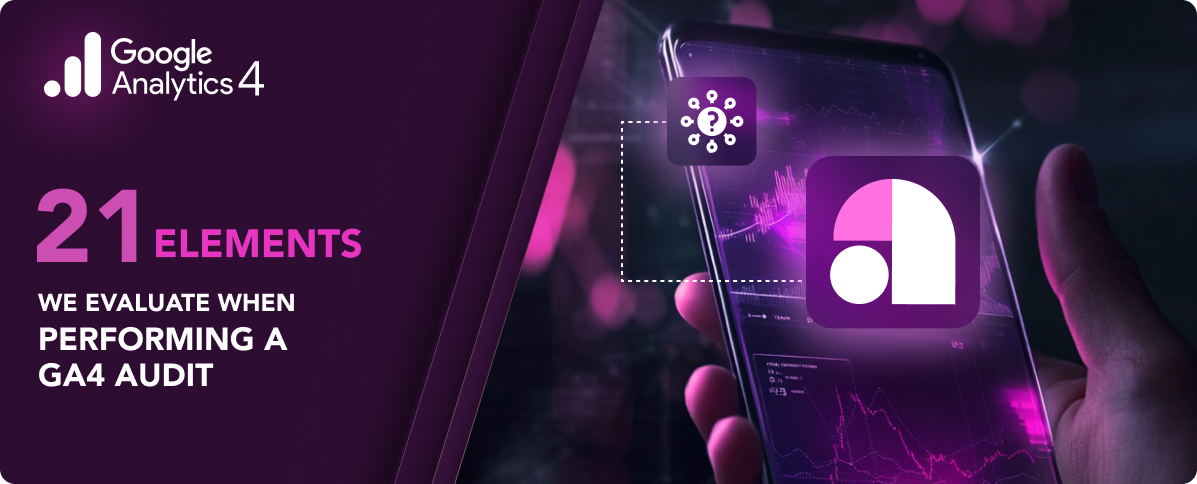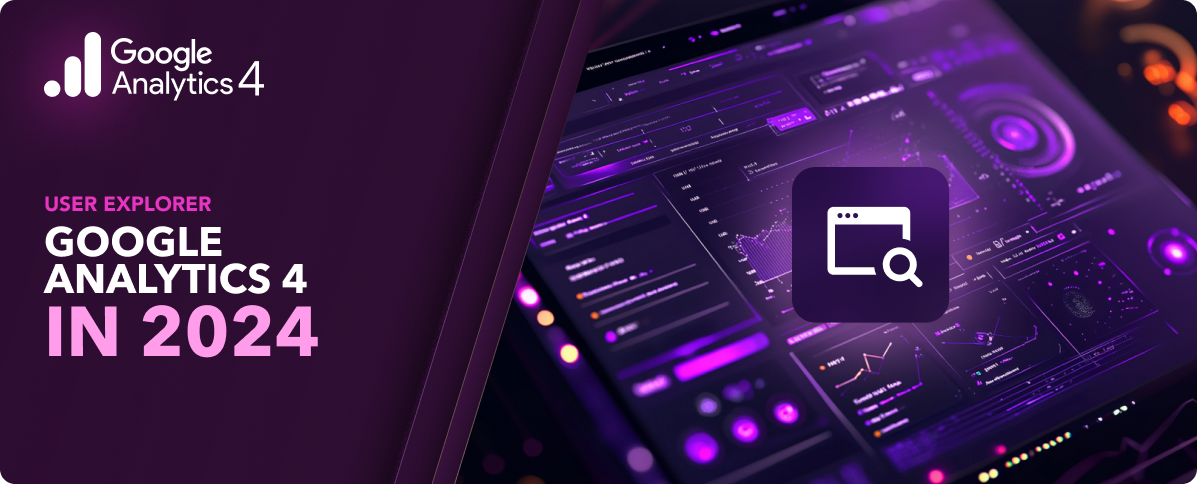Table of Contents
- 1. What frameworks are used for developing cross-platform applications?
- 2. What technology is used in cross-platform development?
- 3. What is an example of a cross-platform framework?
- 4. What is the most used cross-platform framework?
- 5. What is the most used cross-platform mobile development?
- 6. Is React Native hybrid or cross-platform?
- 7. Is React Native cross-platform?
- 8. Is Powerapps cross-platform?
- 9. What are cross-platform tools?
- 10. Which is better, Ionic or Flutter?
- 11. What is Flutter platform?
- 12. What is Flutter not good for?
- 13. Is Visual Studio code cross-platform?
- 14. Can C++ be used cross-platform?
- 15. What was the world's first truly cross-platform programming language?
- 16. Is Java actually cross-platform?
- 17. What language is best for hybrid apps?
- 18. What is an example of a cross-platform mobile application?
- 19. Can I do C++ and Java together?
- 20. What language is Flutter written in?
- 21. Is Kotlin a multiplatform?
1. What frameworks are used for developing cross-platform applications?
Several frameworks are widely used for cross-platform development, each with unique features and capabilities.
Here are some of the most used frameworks in cross-platform development:
- React Native: It was developed by Facebook. React allows mobile app developers to build mobile apps using JavaScript and React. It’s known for its high performance and the ability to create components in native code when needed.
- Flutter: Created by Google, Flutter uses the Dart programming language. It’s gaining popularity for its fast development cycles, expressive UIs, and high-performance apps that feel native to iOS and Android.
- Xamarin: A Microsoft-owned framework, Xamarin uses C# to develop applications that can run on all three(Android, iOS, and Windows). It’s known for its ability to leverage native APIs and tools on each platform.
- Apache Cordova (formerly PhoneGap): This framework allows developers to use HTML5, CSS3, and JavaScript for cross-platform development. It’s more suited for applications that don’t require heavy use of native features.
- Ionic: It is used to develop hybrid mobile, desktop, and progressive web applications. It focuses on an app’s look, feel, and UI interactions.
- Qt: A bit different from the others, Qt is used for creating applications not only for mobile but also for embedded and desktop platforms. It uses C++, and its applications are known for high performance.
2. What technology is used in cross-platform development?
In cross-platform development, various technologies are employed to create applications that can work for multiple platforms using a single codebase. These technologies typically include programming languages, frameworks, and tools that support cross-platform compatibility.
Here are some key technologies used:
Programming Languages
- JavaScript: Widely used with frameworks like React Native and Ionic for building mobile and web applications.
- Dart: The language behind Flutter, offering a rich set of pre-designed UI elements and the ability to compile to native code.
- C#: Used in Xamarin, it allows developers to leverage .NET features for cross-platform app development.
Frameworks and Libraries
- React Native: Enables writing mobile apps in JavaScript while offering a near-native user experience.
- Flutter: Known for its fast development and expressive UI, it allows compilation into native code.
- Xamarin: It integrates deeply with .NET and allows the sharing of a single code across iOS, Android, and Windows platforms.
- Ionic: Focuses on front-end UI interaction, combining AngularJS with Apache Cordova.
Tools and Platforms
- Apache Cordova: Wraps HTML/JavaScript apps into a native container, making them accessible on various platforms.
- Unity: Primarily known for game development, Unity can also be used for creating cross-platform apps.
- Electron: Used for building cross-platform desktop apps with JavaScript, HTML, and CSS.
Web Technologies
- HTML5, CSS3: Often used in hybrid app development for creating the user interface.
- Progressive Web Apps (PWAs): Utilize standard web technologies for creating web applications that can offer a native app-like experience on the web.
3. What is an example of a cross-platform framework?
An example of a cross-platform framework is React Native. React Native is the most popular framework developed by Facebook that enables developers to build mobile applications for both iOS and Android using JavaScript and React. React Native has been used to develop several popular apps like Instagram, Facebook, Airbnb, and many others, demonstrating its capability to handle complex, large-scale applications.
4. What is the most used cross-platform framework?
According to a recent report, the most widely used cross-platform framework is Flutter. Developed by Google, Flutter has rapidly increased popularity. It uses the Dart language and is known for its high performance and expressive UI capabilities. Flutter compiles native code, offering better performance than other frameworks. Its growing community and the strong backing of Google make it the best choice for many developers.
Another increasingly popular framework is React Native. Developed by Facebook (now Meta), React Native has been popular for several years. React enables mobile app developers to build mobile apps using JavaScript and React, with the ability to implement native modules when needed.
Both have large communities and are favored for their efficiency and ability to create apps that feel native on both iOS and Android platforms.
5. What is the most used cross-platform mobile development?
According to Medium, the most used cross-platform mobile development framework is React Native. It allows mobile app developers to build mobile applications using JavaScript. React Native is highly popular due to its performance, which is close to native apps, and the ability to use a vast majority of JavaScript code across both iOS and Android platforms. It’s favored for its large community, robust ecosystem, and the backing of a major company like Facebook.
Another framework that’s gaining significant traction is Flutter, developed by Google and known for its fast development, expressive UIs, and high performance. Both frameworks are popular choices, but React Native has been leading in terms of usage and community support.
6. Is React Native hybrid or cross-platform?
React Native is considered a cross-platform framework rather than a hybrid one. It allows developers to write applications in JavaScript while rendering the app using native components of each platform, such as iOS and Android. This means the apps built with React Native have a native appearance and performance, which is a key difference from hybrid apps that typically use web technologies within a native container. React Native strikes a balance by enabling cross-platform development while maintaining the native look and feel of the application.
7. Is React Native cross-platform?
Yes, React Native is a cross-platform framework. It allows developers to write their app’s code in JavaScript and share it across iOS and Android platforms while offering a user experience that resembles native apps. This cross-platform capability makes React Native a popular choice for developers looking to create apps for multiple platforms efficiently without needing to write separate codebases for each.
8. Is Powerapps cross-platform?
Yes, PowerApps, created by Microsoft, is designed as a cross-platform tool. It enables users to build and share custom business apps across multiple platforms, including Windows, iOS, and Android, without requiring deep programming knowledge. PowerApps is used primarily for developing business apps that can integrate with Microsoft’s suite of tools and services, like Office 365 and Dynamics 365, and it offers a way to create applications that work across different devices, making it an essential asset for companies aiming to optimize their operations and improve productivity.
9. What are cross-platform tools?
Cross-platform tools are software frameworks or development tools that enable developers to build applications capable of operating across various operating systems or platforms using a singular codebase. These tools are designed to save time and resources by allowing developers to write the app’s code once and deploy it across various platforms, such as iOS, Android, Windows, and macOS.
Examples of cross-platform tools include:
- React Native: Enables developers to build mobile apps using JavaScript and React with native platform capabilities.
- Flutter: A UI toolkit from Google for crafting natively compiled applications for mobile devices, web browsers, and desktop computers using one unified codebase using the Dart programming language.
- Xamarin: A .NET-based framework that allows developers to create apps using C# for iOS, Android, and Windows.
- Apache Cordova (PhoneGap): Wraps HTML, CSS, and JavaScript code into a native container, allowing web-based apps to access native platform features.
10. Which is better, Ionic or Flutter?
Choosing between Ionic and Flutter depends on your specific project requirements, your team’s skill set, and your priorities for the app.
Here’s an overview:
Ionic
- Uses web technologies (HTML, CSS, JavaScript) with Angular, React, or Vue.
- Good for teams already experienced in web development.
- Focuses on hybrid app development; apps are essentially web applications running in a native container.
- Offers a wide range of plugins and integrations.
- Better for simpler applications where native look and feel are less critical.
Flutter
- Developed by Google, uses the Dart programming language.
- Known for its high performance and smooth animations.
- Allows building truly native interfaces.
- Has a steeper learning curve if you’re not familiar with Dart.
- Suitable for more complex applications requiring a sophisticated UI and a native look and feel.
11. What is Flutter platform?
Flutter is an open-source UI software development kit created by Google. It’s used for building natively compiled mobile, web, and desktop applications from a single codebase. Flutter is known for its ability to deliver high-performance apps with a native look and feel on both iOS and Android platforms.
Key aspects of Flutter include:
- Dart Programming Language: Flutter uses Dart, which is optimized for fast apps on any platform.
- Widgets: Flutter provides a rich set of pre-designed and customizable widgets that follow specific platform guidelines, allowing for the creation of visually appealing apps.
- Hot Reload: This feature enhances the development process by allowing instant viewing of changes in the code without needing to restart the app.
- Cross-Platform Development: With Flutter, you write one codebase for your app and deploy it on both iOS and Android platforms, saving time and resources.
- Community and Ecosystem: Flutter has a growing ecosystem with a wide range of plugins and tools and strong community support.
12. What is Flutter not good for?
Flutter, while powerful and versatile for many types of app development, may not be the best fit in certain scenarios:
- Advanced or Platform-Specific Functionality: If your app requires highly specialized platform-specific features, especially those not yet fully supported by Flutter, native development might be more suitable.
- Minimal UI Apps: For apps that require a minimal user interface or are predominantly console-based, the rich UI capabilities of Flutter might be unnecessary.
- Small, Simple Projects: For very small or simple apps, Flutter’s rich set of features could be more than what’s needed, potentially leading to an unnecessarily larger app size.
- Instant or Progressive Web Apps: If your primary goal is to develop instant or progressive web apps, more specialized technologies exist for these purposes.
- Existing Large Codebases in Other Frameworks: Integrating Flutter into a large, existing codebase developed in another framework can be challenging and might not be cost-effective.
- Apps with Heavy 3D Graphics: While Flutter is capable of 2D gaming and graphics, for complex 3D graphics or high-end gaming, technologies specifically geared towards this type of content might be more appropriate.
13. Is Visual Studio code cross-platform?
Yes, Visual Studio Code (VS Code) is a cross-platform code editor. Developed by Microsoft, it’s available and runs on multiple operating systems, including Windows, macOS, and Linux. This makes VS Code a versatile tool for developers who work in diverse development environments or who are part of teams where members use different operating systems. Its cross-platform nature is one of the reasons for its wide adoption and popularity among developers.
14. Can C++ be used cross-platform?
Yes, C++ can be used for cross-platform development. It’s a powerful language that’s capable of running on various operating systems like Windows, macOS, Linux, and even mobile platforms like iOS and Android. C++ is often chosen for its performance and efficiency, particularly in applications with critical speed and resource management, such as game development, system/software development, and real-time processing applications.
To achieve cross-platform compatibility, developers typically use C++ libraries and tools that are designed to work across different platforms. This might involve some additional work to handle platform-specific features or to adapt the user interface to different operating systems, but overall, C++ is a versatile choice for cross-platform development.
15. What was the world's first truly cross-platform programming language?
The title of the world’s first truly cross-platform programming language is often attributed to C. Developed in the early 1970s by Dennis Ritchie at Bell Labs, C was designed to be portable and could be adapted with relative ease to run on different hardware systems. This portability, a core feature of the language, allowed it to be used across various platforms, essentially making it one of the first programming languages to be truly cross-platform.
C’s development was closely tied to the development of the UNIX operating system, which was also designed to be portable and cross-platform. The ability of C to be compiled on different machines was revolutionary at the time and laid the foundation for many other programming languages that followed, emphasizing cross-platform capabilities.
16. Is Java actually cross-platform?
Yes, Java is considered a cross-platform language because of its unique approach to execution. When Java code is compiled, it’s turned into bytecode, which is run by the Java Virtual Machine (JVM). This JVM is what makes Java cross-platform – it’s available for various operating systems like Windows, macOS, and Linux.
As a result, Java programs can run on any system with a JVM, adhering to the philosophy of “Write Once, Run Anywhere.” This means the same Java application can work across different platforms without needing specific modifications for each one. However, additional work might be needed for full cross-platform compatibility if a Java application uses platform-specific features.
17. What language is best for hybrid apps?
The most commonly used languages for hybrid app development are HTML5, CSS3, and JavaScript. These are standard web technologies used to create web pages and are employed in hybrid app development to create applications that can run within a native container on a mobile device. This approach allows the apps to access device features like the camera and GPS and to be distributed through app stores.
HTML5 is used for structuring and presenting content, CSS3 for styling and layout, and JavaScript for interactivity and accessing native device functionality. Combined with frameworks like Apache Cordova (formerly PhoneGap) or Ionic, these languages enable developers to build hybrid apps operating across multiple platforms, including iOS and Android, from a single codebase.
The choice of these languages and frameworks makes hybrid app development accessible to a broader range of developers, especially those coming from a web development background, and simplifies the development process for applications that do not require complex native functionalities.
18. What is an example of a cross-platform mobile application?
An example of a cross-platform mobile application is Spotify. Spotify, a popular music streaming service, uses cross-platform development to provide its app on various platforms, including iOS and Android. By adopting a cross-platform approach, Spotify ensures a consistent user experience across different devices while simultaneously managing and updating its app for multiple platforms. This strategy allows them to reach a wide user base with varied device preferences, maintaining feature parity and a uniform look and feel across all these platforms.
19. Can I do C++ and Java together?
In the context of cross-platform development, using C++ and Java together is possible through various methods, such as integrating native C++ libraries into a Java application using Java Native Interface (JNI). This approach is often used in cross-platform projects where C++ is utilized for performance-intensive tasks and Java for platform-independent aspects.
20. What language is Flutter written in?
Flutter, a popular cross-platform development framework, is primarily written in the Dart programming language. Dart, developed by Google, is used to create the Flutter framework and is also the language developers use to build applications using Flutter. Dart was chosen for Flutter due to its efficient compilation of native code, its modern features conducive to reactive UI development, and its ability to support both front-end and back-end development, making it well-suited for the goals of the Flutter framework.
21. Is Kotlin a multiplatform?
Yes, Kotlin is a multiplatform language. Kotlin Multiplatform, a feature of Kotlin, allows developers to write code that can be shared across multiple platforms while still allowing for platform-specific implementations where necessary.
With Kotlin Multiplatform, you can write common logic once (like business logic, database access, and network calls) and then use it on various platforms such as iOS, Android, Web, and desktop applications. You can then write platform-specific code (like UI) for each platform to complement the shared code. This approach offers the efficiency of a shared codebase while still leveraging each platform’s unique features and capabilities.

















































